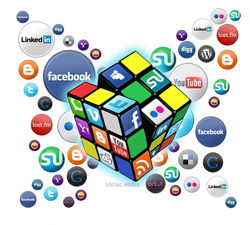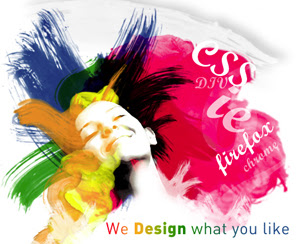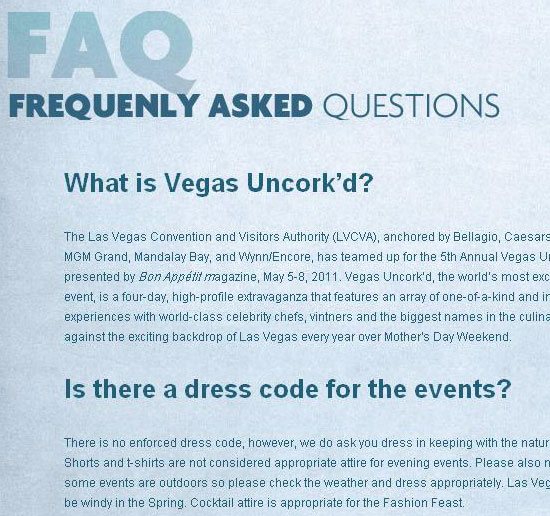History of pixel art. Past and future
![]() Today we bring to your attention a guest post about pixel graphics from Anna, which maintains a pretty interesting blog of the corresponding “pixel” subject.
Today we bring to your attention a guest post about pixel graphics from Anna, which maintains a pretty interesting blog of the corresponding “pixel” subject.
Pixel art (pixelart, pixel art) is a form of digital graphics created using a raster graphic editor, where each image pixel is manually edited.
For the first time in 1982, the term pixel art was used in Xerox Corporation by Adele Goldbert and Robert Flegal, but the graphic itself was used 10 years before in the same Xerox company. Also, to some extent, we can also consider pixel art ’and the occupation our grandmother-great-grandmothers were engaged in – cross-stitching, is it not true, it seems – one cross – one pixel =)
Most of us saw pixel graphics on TV screens for the first time, playing supermarios, tanks and other games on Super Nintendo set-top boxes, Sega’s Mega Drive. At that time, it was the only available way to display computer graphics.
With the development of technology and the emergence of mutable 256-color palettes, pixel graphics began to be supplanted from games and desktops of operating systems, while more and more talk was going on that pixel graphics would soon end. There were articles of famous people that the death of pixel art is inevitable and not far off. However, quite a bit of time passed, more and more perfect graphics began to appear, and now designers intentionally began to use pixel artwork as a special effect.
The target audience is mostly matured boys and girls who grew up with the very same Super Mario brothers – plumbers saving the princess, Ninja Turtles (based on American cartoons), Robocop, Contra – Super Nintendo games, some of which are from the representatives of that generation cast a whole storm of emotions. Therefore, the pixel graphics of these people causes a wave of nostalgia, and if there is a demand, then there is also a supply.
At first glance, there is nothing complicated in pixel graphics – relatively simple drawings actually require hard work, because pixel art drawing is drawn from beginning to end using only manual editing – i.e. each pixel is drawn by hand with a pencil. The most ardent fans of pixel graphics insist that a real pixel design should be depicted not only without the use of anti-aliasing, but only with a pencil, without using even the possibilities to draw a straight line or fill.
However, opponents insist that the use of these features in no way affects the quality of the image, but only accelerates the already time-consuming process. Also, the use of standard 16 colors, available on most video subsystems, is considered a good form when drawing. It is not surprising that due to the laboriousness of the process, most of the drawings in the style of pixel art are small in size, however, there are also relatively large paintings, which the artists spent up to 1 year on depicting!
At the moment, pixel art is mostly not used as a necessity (as it was before, when this concept first appeared), but as a kind of fashionable feature and direction in art. Although there are devices where pixel graphics are used not as a tribute to fashion, but as a necessity, where, due to the relatively small screen, another way of displaying information is currently impossible – mobile phones, PDAs, etc.
Thus, we can conclude that no technology can destroy pixel art – even if devices that need pixel art cease to exist, there will be at least a direction in art, stylish images for advertising and much more – there will always be an application for a good picture. .
I remind you that the author of today’s guest post is Anna, who, by concurrence, is also the creator of an interesting blog about pixel graphics. If this subject is close to you, then I recommend to visit this project. From my tradition, I express my gratitude for the informative article. At one time, I found Pixel Art in various console and computer games – compared to current games, it was a thrash, of course 🙂 But there was some charm and a peculiar style in it, so I also tend to think that in the future pixel art can become a kind of conceptual direction in art and graphic design. By the way, I have a gift for pixel art for all lovers – somehow I saw on YouTube a very interesting video in this style, the impressions are simply amazing.



